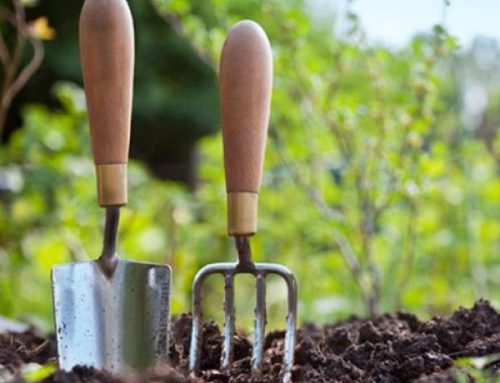Post-Christmas check up
Keep your houseplants in tip-top condition and they’ll continue to give you a colourful display for ages. All plants will need watering as and when needed – but make sure you don’t overdo it. Flowering houseplants should be dead-headed regularly and given a weekly to fortnightly feed with a flowering houseplant fertiliser. Foliage plants need regular hand misting or standing on a saucer of damp pebbles or Hortag to maintain humidity around the leaves.
Save water
Save money on your water bill and have a handy source of water that’s perfect for many plants – especially rhododendrons, azaleas and other lime haters by installing a water butt or two. And we sell easy to install kits that will link your water butts to each other and to the down pipes of your house or garage – perfect for saving all that rain water.
Potted bulbs
Add a splash of colour to your garden this spring with our super selection of potted bulbs bursting with flower buds all ready to plant now. They’re ideal for both containers and beds – and even on windowsills indoors.
Reduce weeding time
Now’s the time to plant ground cover shrubs and perennials to help keep weeds down; we have a wide range in our plant area. And to save more time on weeding and give all plants the best possible start, don’t forget to buy weed-suppressing membrane. To hide it, cover with bark, gravel or similar materials.
Build a bed for acid lovers
Check out our plant area for a great selection of rhododendrons, azaleas, heathers and camellias. And don’t worry if you don’t have the right soil to grow these acid lovers – simply buy some ericaceous compost and pop them into a large container or make raised beds for them.
Plant up an indoor display
Brighten up your home with a selection from our houseplant section. We have a superb range of top quality plants, plus all the pots, feed and compost you’ll need for success. Or, if you prefer, look at our ready-made containers for an instant display.
Top dress containers
Now’s a good time to check plants growing in containers. If they have become potbound and the roots completely fill the pot, it may be time to repot them or plant them in the garden. Those that can remain in their pots for at least another year will benefit from top dressing. Remove the top inch or so of compost and replace it with fresh compost and add a controlled-release fertiliser for perfect results.
Plant winter shrubs
Fill your garden with some seasonal colour with a selection of winter-flowering shrubs. They can be planted at any time providing the soil isn’t frozen solid or waterlogged. Choose from mahonia, viburnums, sarcococca, witch hazel, winter jasmine and winter-flowering heathers and shrubby honeysuckles. Many have the added bonus of strong perfume – so plant them close to the house. Give them the best possible start by digging in plenty of organic matter – such as compost or composted bark – and add some general granular fertiliser.
Pest watch
Although it’s too cold outside for most pests and diseases to be active, temperatures indoors are just right. Keep a close eye on plants in the house, greenhouse or conservatory for whitefly, red spider mite, aphids, scale insects and mealybug. In the greenhouse and frames grey mould can be a problem, so keep watering to a minimum, avoid splashing water about and ventilate whenever the weather conditions allow. Outdoors, tidying up and removing any dead plant debris will take away the hiding places for various insect pests.
Potato Chitting
Thinking of growing potatoes this year, maybe in your veg plot or even in a potato barrel. Try a new variety perhaps.
When you buy potatoes remember to keep them cool and frost free at home until your ready to chit them. Chit them, well that’s getting the shoots to grow, lay the potatoes out on old egg trays or crumpled newspaper on top of a box, and don’t forget somewhere light and frost free.
Prune Soft Fruit
It’s good to get out of the house in January and if there is no frost about lets prune some of that soft fruit.
A good sharp pair of secateurs is a start. On all soft fruit cut out crossing stems damaged and diseased wood.
Gooseberries- Cut back new growth of last year by half. This will induce more fruit.

